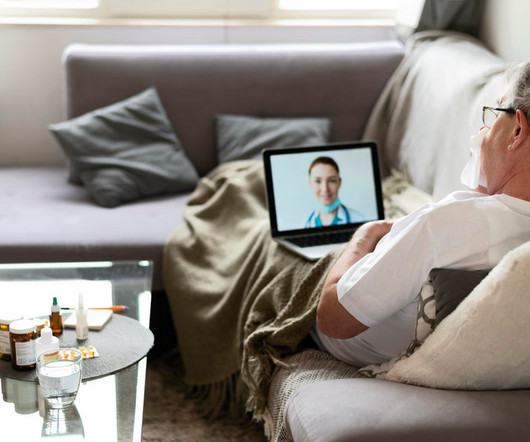Virtual Care and TeleMedicine 2025
Lloyd Price
MAY 19, 2024
Technological Advancements: Advancements in areas like artificial intelligence (AI), wearables, and remote monitoring will further enhance telemedicine capabilities. Wearable devices will allow continuous health data collection, enabling preventive care and early intervention. Visit www.nelsonadvisors.co.uk














Let's personalize your content